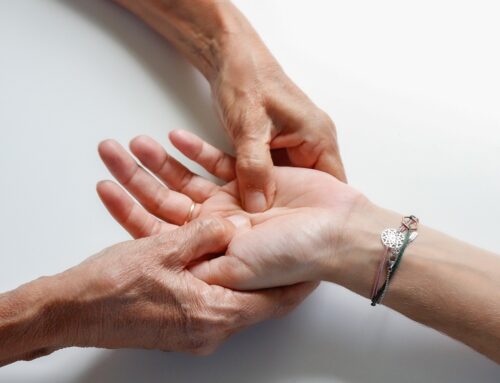A repetitive motion injury occurs when the muscles, ligaments, tendons, or nerves are damaged because an individual repeatedly performs the same motion. Repetitive motion conditions manifest from many microscopic tears in the tissue. Generally, the body will self-heal these tiny tears as they occur. However, if the body cannot heal the tears because they are happening too often, inflammation and a potential repetitive stress injury can result. Depending on how serious the injury is, repetitive motion injuries can result in permanent damage.

More and more people are suffering from repetitive motion injuries at work than ever before in history, likely due to our reliance on machinery and technology. According to the Occupational Safety and Health Administration (OSHA), repetitive motion cases comprise the most common workplace injury, affecting hundreds of thousands of workers annually. Nearly two-thirds of these injuries affect the wrist, elbow, or shoulder.
Did You Know? The Bureau of Labor Statistics reports that the two most common types of repetitive stress injuries are tendonitis and bursitis.
What Is Tendonitis?
Tendons are tough, flexible, fibrous bands of tissue that connect muscles to bones. When inflammation, tears, or irritation occurs, the resulting condition is known as tendonitis. Tendons can be small, like the tiny bands in the hands, or large – such as thigh muscles. Tendonitis often occurs without knowing the exact root cause. It is most often due to overuse, or when a motion is repeated too often. This type of workplace injury can occur on an assembly line or as a result of too much time on a keyboard.
What Is Bursitis?
A bursa is a membrane near a joint that acts as a cushion between the muscle and bone. The bursa decreases friction caused by repetitive movement and increases joint flexibility. Bursitis is merely inflammation of a bursa. Bursitis is common, affecting those who overuse a joint in repetitive motion, such as a house painter. Bursitis is typically seen more often in those who are overweight, elderly, or diabetic.
Florida Workers’ Comp Claims for Repetitive Motion Injuries
Usually, employees living with pain and a reduced capability to perform their job due to a repetitive motion injury can pursue a Florida workers’ compensation claim. The workers’ compensation system does not necessitate an employee to establish fault for their condition. It offers ongoing benefits until an injured worker can return to their regular job. They may receive both medical and wage benefits.
As with any workers’ compensation claim, your first step is to visit a medical professional to document your injury. Having a professional diagnosis and prognosis will come in handy, as insurance companies will often try to prove that your injury is age-related or has nothing to do with your job. Inform your physician of your job description and show them what it is you do every day. They can determine if the wear and tear of the job is the root cause of your injury.
You will also want to obtain the advice and representation of a professional personal injury attorney well-versed in workers’ compensation cases. Because there is typically a statute of limitation on these types of cases, time is of the essence. Call Probinsky & Cole today to discuss the merits of your case and determine if a lawsuit is in your best interest.







